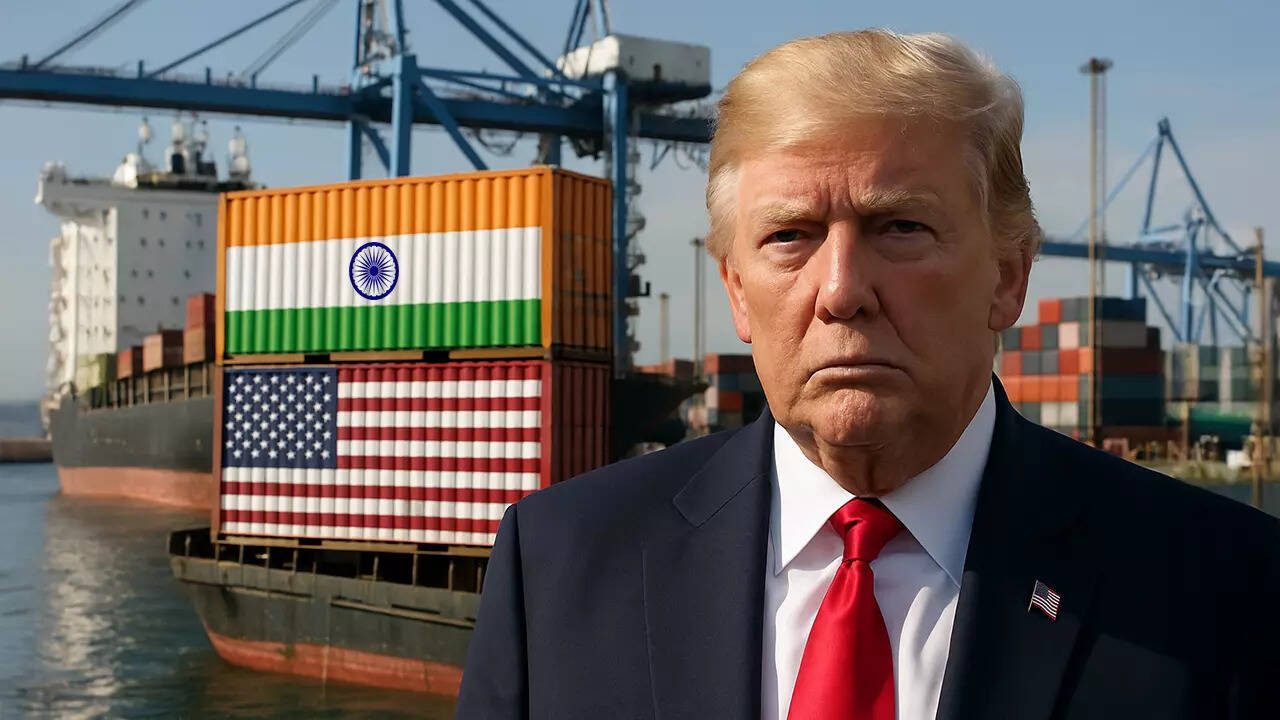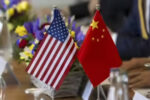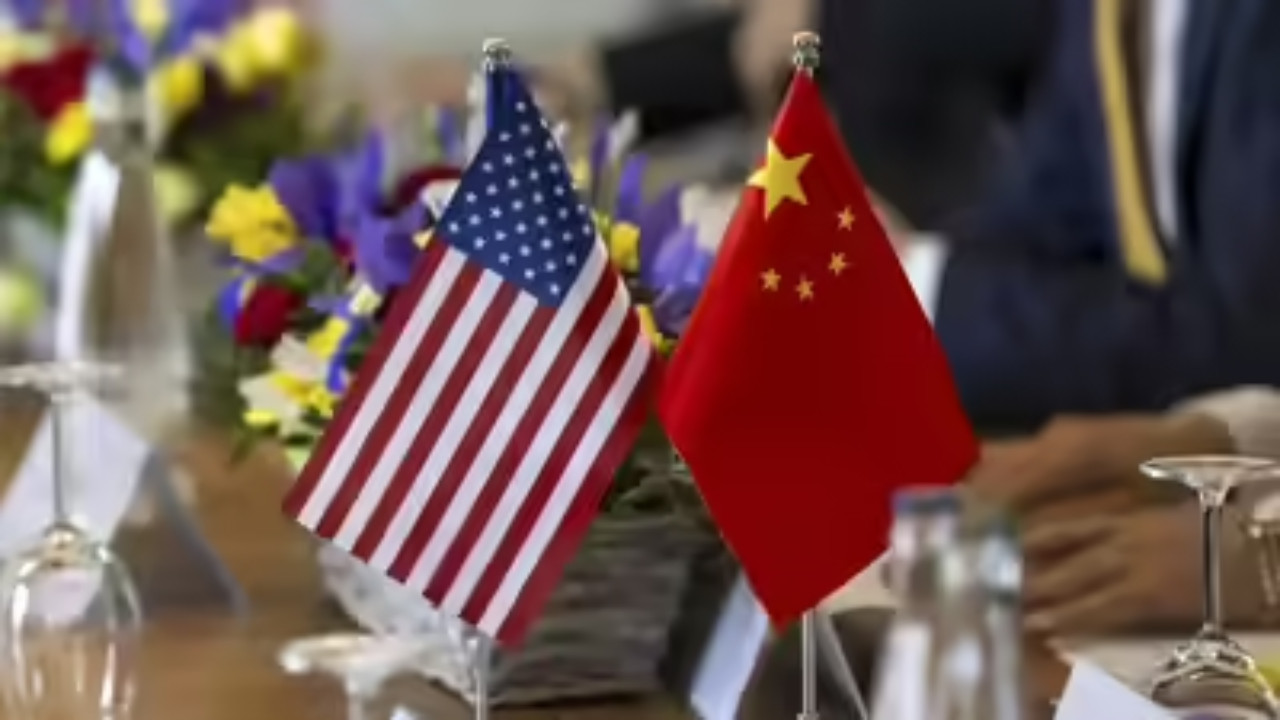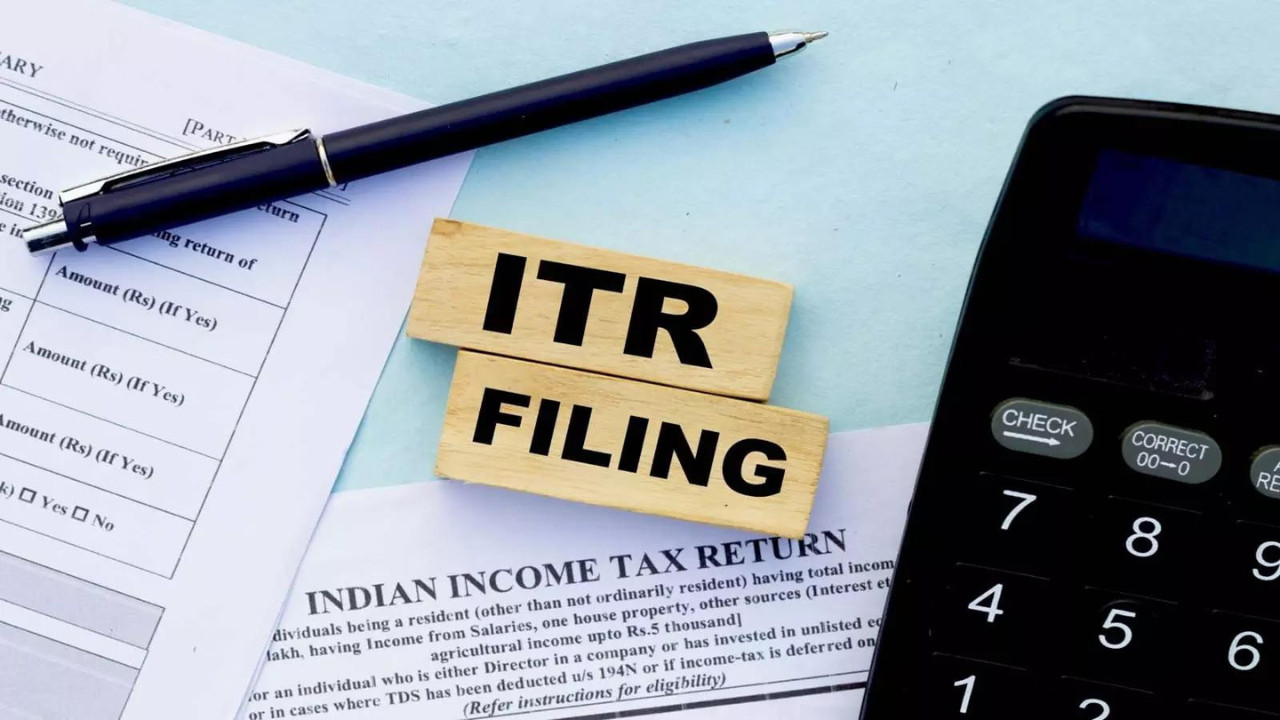India is strategically diversifying its export markets, targeting 50 countries in West Asia and Africa, to mitigate the impact of increased US import tariffs. This move aims to reduce reliance on the US market, particularly affecting sectors like textiles and gems.
Diversifying Horizons: India’s Bold New Export Strategy
For years, India’s economic narrative has been intricately woven with its trade relationships, particularly with powerhouses like the United States. But what happens when those relationships face headwinds? India isn’t just sitting back; it’s charting a proactive course toward a more resilient and diversified future. The nation is setting its sights on 50 carefully selected countries, embarking on an ambitious plan to bolster exports and navigate the complexities of the global trade landscape.
This isn’t about abandoning established partnerships. It’s about smart risk management and seizing new opportunities. The shift comes at a crucial time, with global economic uncertainties and evolving geopolitical dynamics impacting trade flows worldwide. So, where is India placing its bets?
Unveiling the 50-Nation Focus
The specifics of which 50 nations are on India’s radar remain somewhat under wraps, but the underlying strategy is clear: to cultivate deeper trade ties with a diverse range of partners. The goal is not just to find alternative markets for existing goods, but to tailor export offerings to the specific needs and demands of these individual countries. Think specialized products, niche services, and a proactive approach to understanding local market dynamics. This involves detailed market research, identifying potential areas of collaboration, and streamlining trade procedures to make Indian exports more competitive.
This geographic diversification is key. Over-reliance on a few major trading partners can leave a nation vulnerable to economic shocks stemming from those specific relationships. By spreading its export footprint across a wider array of countries, India aims to mitigate risk and build a more stable and sustainable trade ecosystem. Imagine a tapestry woven with many strong threads, rather than relying on just a few thick strands. The tapestry as a whole becomes far more resistant to wear and tear.

The US Tariff Factor and Strategic Rebalancing
While this push for diversification has been in the works for some time, the recent increase in US tariffs on certain Indian goods has undoubtedly added a sense of urgency. These tariffs, while not crippling, serve as a potent reminder of the need to reduce dependence on any single market. The new export strategy isn’t framed as a direct response to the US tariffs, but as a strategic rebalancing act aimed at securing India’s long-term economic interests.
The US remains a vital trading partner, and efforts to resolve trade disputes and foster a more cooperative relationship will undoubtedly continue. However, the proactive diversification strategy provides India with greater leverage in these negotiations. It demonstrates that India has options and is not solely reliant on the US market for its export growth.
Beyond Commodities: A Value-Added Approach
The success of this export strategy hinges on more than just finding new markets for existing products. It requires a shift toward higher value-added exports. This means moving up the value chain, focusing on goods and services that require greater innovation, technological sophistication, and skilled labor.
Think of precision engineering products, advanced software solutions, pharmaceutical formulations, and specialized agricultural produce. By exporting these types of goods and services, India can command higher prices, increase export revenues, and boost overall economic growth. This also means investing in research and development, fostering innovation, and equipping the workforce with the skills needed to compete in the global marketplace. Check out this related article on [government initiatives to boost manufacturing](internal-link).
The Road Ahead: Challenges and Opportunities
Implementing this ambitious export strategy will not be without its challenges. Overcoming trade barriers, navigating complex regulatory environments, and building strong relationships with new partners will require sustained effort and strategic investment. However, the potential rewards are significant. By diversifying its export markets and focusing on value-added products, India can unlock new avenues for growth, create jobs, and strengthen its position as a major player in the global economy.
This is not merely an economic strategy; it’s a statement of intent. India is signaling its commitment to a more resilient, diversified, and globally integrated future. As the world continues to evolve, this proactive approach will be crucial for ensuring India’s continued prosperity and influence. By embracing change and charting a bold new course, India is poised to reap the benefits of a more interconnected and competitive global marketplace.
The Future is Diversified
In conclusion, India’s move to cultivate stronger trade relationships with 50 nations is a testament to its adaptive approach to global commerce. By strategically diversifying its export markets and focusing on high-value products, India is not just mitigating risks but actively shaping its economic destiny. This proactive strategy positions India for sustained growth and a more resilient future in an increasingly complex global landscape.







